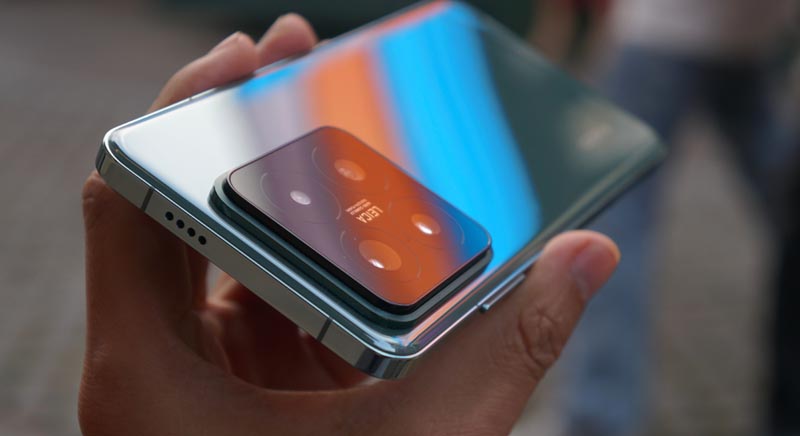Xiaomi has unveiled its latest flagship smartphones, the feature-packed Xiaomi 14 Pro and more affordable Xiaomi 14. While the two share some similarities, the Pro model includes a number of upgrades and improvements.
Both utilize the Snapdragon 8 Gen 3 Chip chipset, with LPDDR5x RAM at 8533Mbps and UFS 4.0 storage, supports Wi-Fi 7 (5GHz and 2.4GHz MLO) and dual SIM cards for 5G connectivity and IP68 water and dust resistance.
Larger Display and Premium Design
The Xiaomi 14 Pro sports a bigger 6.73-inch QHD+ AMOLED display compared to the 6.36-inch FHD+ screen on the standard 14. Resolution jumps from 1200 x 2670 pixels to 1440 x 3200 pixels. 14 Pro also utilizes more durable Dragontrail glass
Revamped Camera Specs
Both feature a 50MP main camera, but the Pro’s lens has a larger aperture at f/1.42-f/4.0 with 1024-level adjustable control, enables superior low-light shots and depth effects.

The telephoto lens gets a boost up to 75mm equivalent on the Pro, enabling 3.2x optical zoom versus 3x on the base model, autofocus has also been added to the 14 Pro’s 50MP ultrawide camera.
Faster Charging and Connectivity
Xiaomi 14 Pro comes equipped with an ultra-fast 120W wired charger that can refuel to 100% in just 18 minutes, in contrast, the standard Xiaomi 14 is limited to 90W charging.
There’s also a connectivity upgrade with USB 3.2 Gen 2 support up to 10Gbps, regular Xiaomi 14 maxes out at USB 3.2 Gen 1 speeds.
Final, Xiaomi 14 Pro delivers upgrades in nearly every area, justifying its premium pricing for photographers and power users. While the standard Xiaomi 14 still impresses, the Pro variant cements itself as Xiaomi’s undisputed photographic flagship. For those seeking the ultimate in mobile image quality and performance, the Xiaomi 14 Pro represents the clear choice.